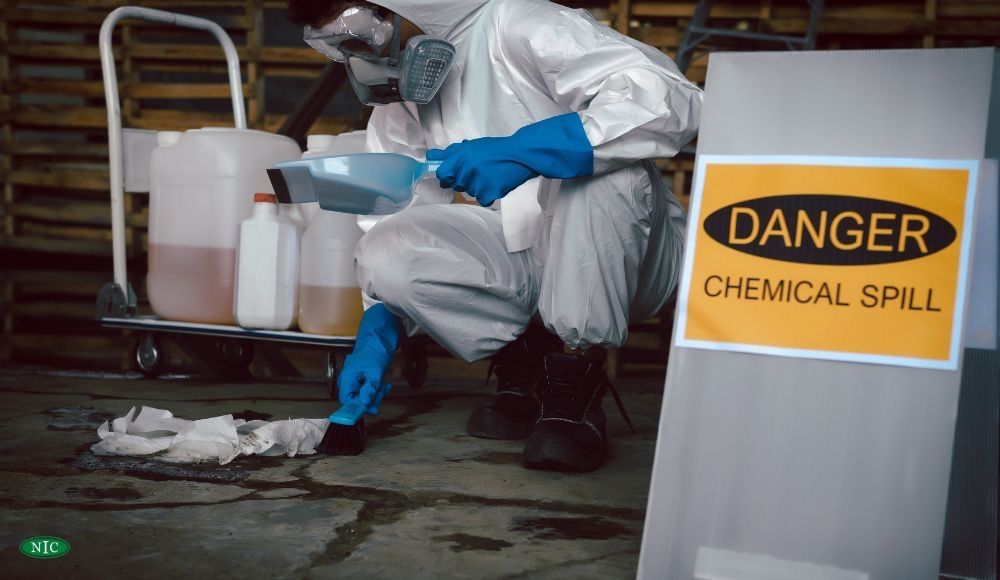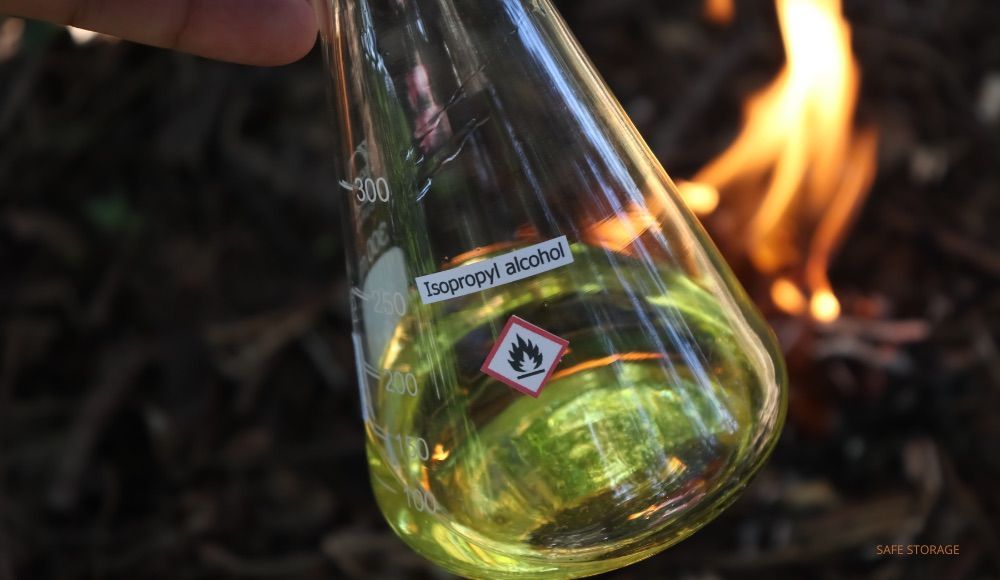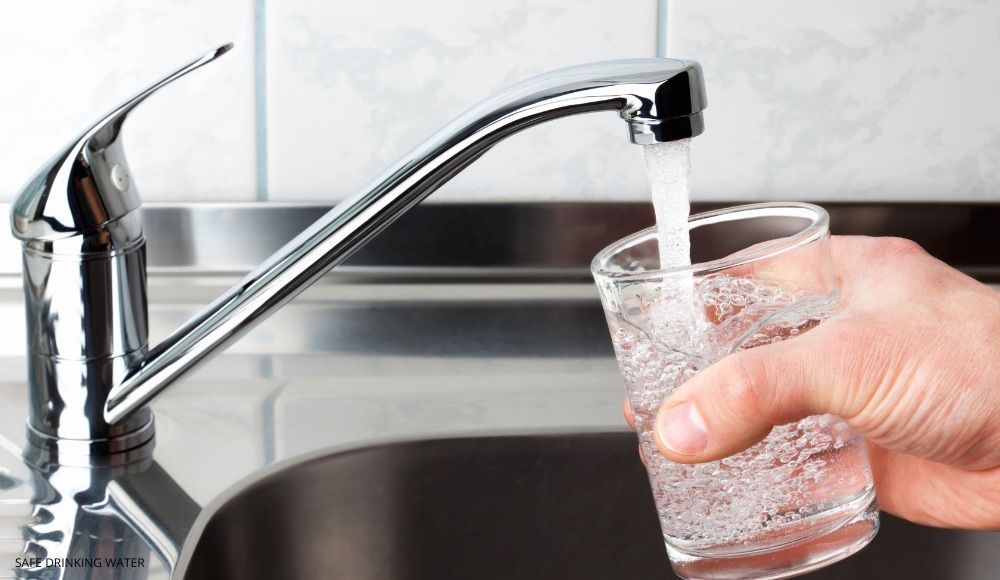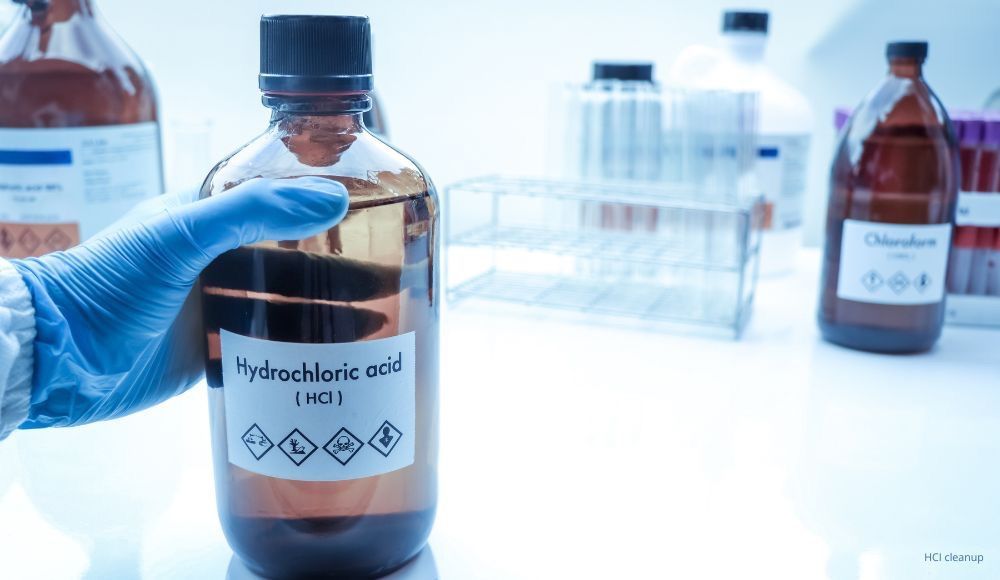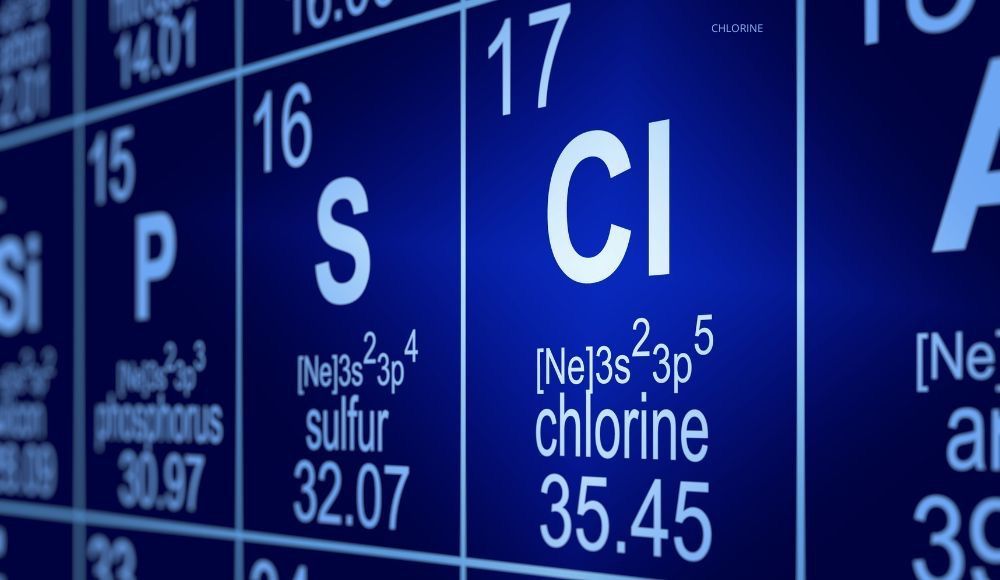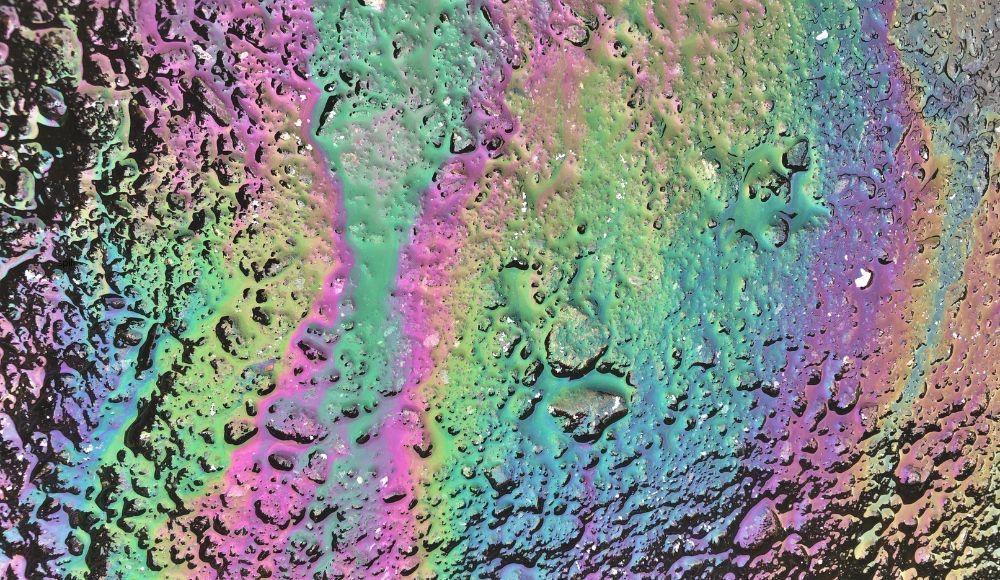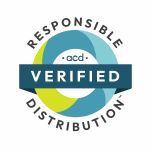Storing Flammable and Combustible Liquids in Cabinets - Safety Tips
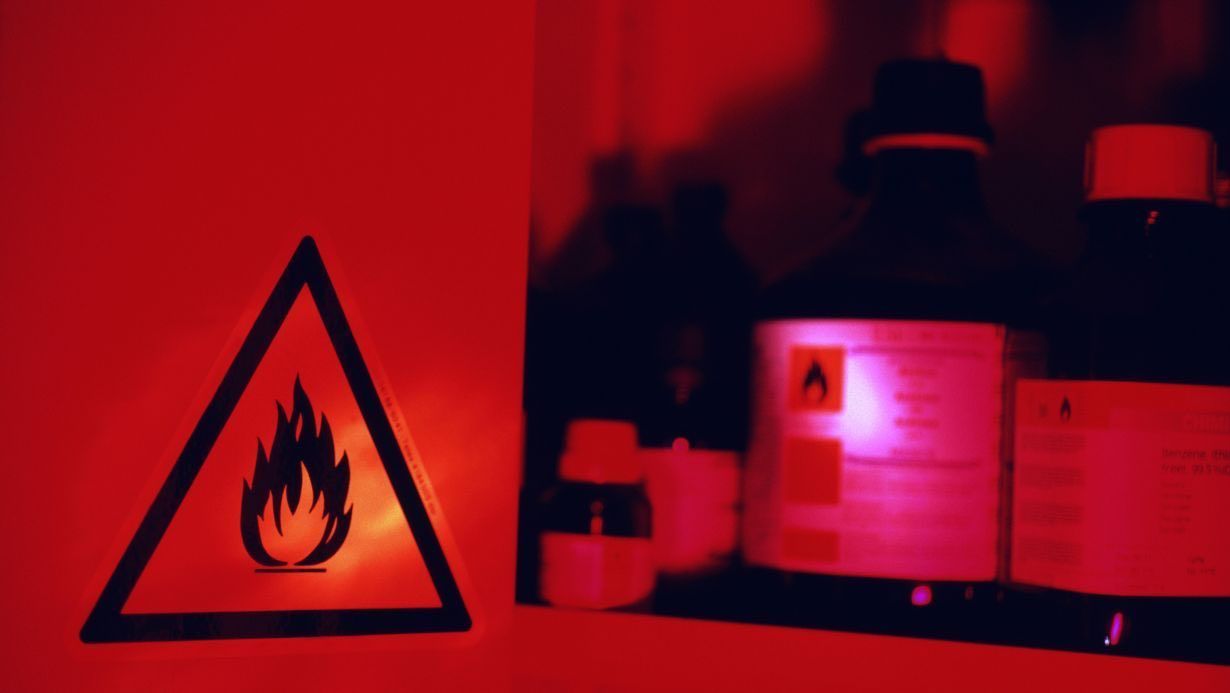
We don't necessarily think of storage as being absolutely critical to our safety in most scenarios; however, in terms of storing flammable and combustible liquids, it is absolutely essential. While it's important to maintain workplace safety and comply with regulations, ultimately, the importance of proper storage has a number of vital impacts:
● As flammable liquids give off vapors that can ignite or explode when mixed with air, proper storage minimizes the risk of fire hazards and accidental ignition.
● Flammable storage cabinets provide segregation between flammable liquids and other chemicals, protecting contents from damage and preventing reactions with incompatible substances.
● Proper storage allows for better spill containment and management, reducing the risks of spills reaching ignition sources.
● It ensures that flammable liquids are kept away from heat sources, promoting safe handling practices in any environment.
Cabinet Safety Measures for Storing Flammable Liquids:
When storing flammable liquids in cabinets, it's vital to implement appropriate safety measures to comply with regulations and prevent accidents.
Here are a few things to consider:
● Understand the substances and identify highly flammable liquids, such as liquefied gas, paint solvent, petrol, and varnishes.
● Avoid storing them with any liquids that could react, such as alkalis, acids, or corrosive oxidants.
● Conduct a thorough risk assessment to identify the necessary quantity of flammable liquids required for daily operations and limit the amount stored in work areas to what is essential.
● Use specialized flammable storage cabinets that meet relevant standards, such as NFPA 30, which sets requirements for the safe storage, handling, and use of flammable and combustible liquids.
● Cabinets should have features such as ventilation provision, self-closing doors, dual-skinned construction, and spill containment.
● Understand the flashpoint of the substances being stored to determine the most appropriate handling and storage practices.
● Store flammable liquids in well-ventilated areas and have spill containment measures in place to manage any accidental spills effectively.
● Maintain excellent housekeeping practices to minimize risks and regularly assess and implement effective controls in storage areas.
How Much Flammable Liquid Can Be Stored Inside a Cabinet?
The maximum amount of flammable liquid that can be stored varies depending on regulations and classifications:
According to OSHA regulations, no more than 25 gallons of flammable liquids can be stored in a room outside of an approved storage cabinet. If more than 25 gallons are to be stored, it should be in an approved flammable liquid storage cabinet, with the limit for a single storage cabinet being 60 gallons of Category 1, 2, or 3 liquid or 120 gallons of Category 4 flammable liquids.
In NFPA guidelines, which align with the National Fire Code of Canada, the maximum amount of flammable and combustible liquid that can be stored in a cabinet is 500 liters or approximately 132 gallons, with the exception of Ontario's Industrial Establishment regulations, where the maximum amount per cabinet is 235 liters.
Where is a Suitable Storage Location for Flammable Liquids?
When selecting a location for storing flammable liquids, it is essential to follow safety guidelines to minimize the risk of accidents.
There are a number of key considerations:
Using the Right Storage Cabinets
It is essential to use approved safety storage cabinets for storing small amounts of flammable liquids indoors, ensuring the cabinets meet federal, state, and local compliance requirements while also having appropriate security and safety features.
Understanding the Quantity Limits
If you are storing flammable chemicals outside of a flammable cabinet with safety cans, you cannot store more than 10 gallons, while safety cans up to 25 gallons can be stored outside the cabinet, and a maximum of 16 gallons of flammable chemicals are allowed in a single cabinet.
Appropriate Location Guidelines
When storing flammable liquids, avoid placing them near stairways, exits, or areas that may impede evacuation during a fire, while ensuring sturdy and well-based shelving, either with a lip or a guard, which can prevent containers from being easily displaced. Flammable liquids should not be stored in standard refrigerators or basements due to potential ignition risks.
Having Special Cabinet Requirements
Flammable liquid storage cabinets should be made of approved construction materials and methods, with well-fitting self-closing doors with latches, liquid-tight walls, leak-proof bottoms, and conspicuous signs.
Ventilation and Spacing
Flammable liquids should be stored in well-ventilated areas and maintain proper spacing from potential ignition sources, such as electrical equipment and heaters.
Contact Us
At North Industrial Chemicals, we can supply all your industrial chemical needs. Contact a member of our team by calling 717-845-8647 or contact us online to get a free quote.

